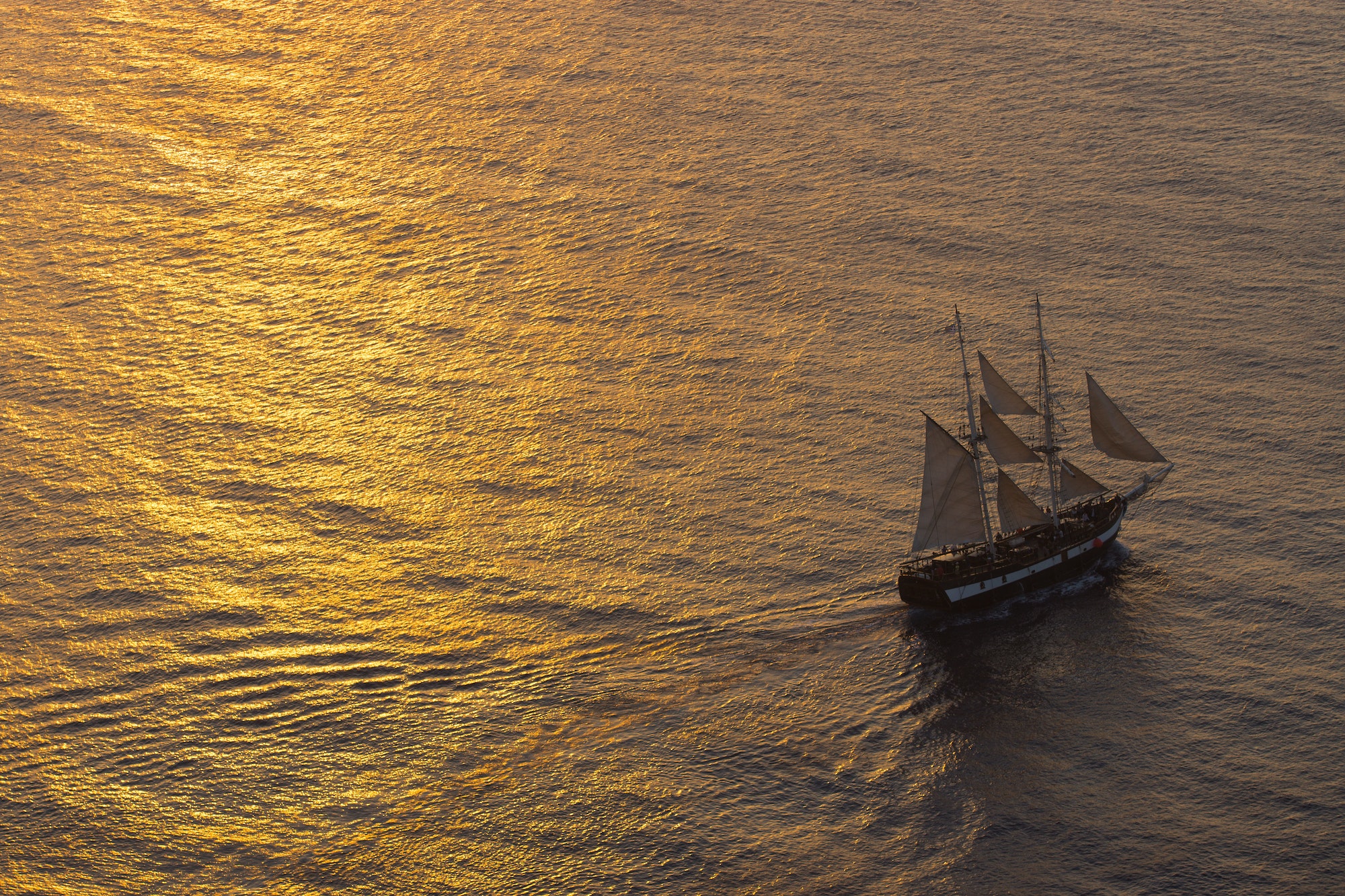When does heroism begin? In the case of my great, great uncle, the seeds of his heroism began a few days after he boarded a ship in New York City bound for England. This leg was the first of a long journey to the island nation of Bahrain in the Persian Gulf. A Modest But Crucial Hero is a biography of Rev. George E. Stone (1873-1899) that I have written and takes the reader on the journey to his heroism.
George grew up in Mexico, New York, and graduated from Hamilton College (1895) and Auburn Theological Seminary (1898). He volunteered to serve with the Arabian Mission which was dedicated to sharing the historic and biblical good news of Jesus Christ with Muslims in Arabia. Rev. Samuel Zwemer, a cofounder of the Arabian Mission, became George’s first mentor in things pertaining to Arabia and the Arabic language. George accompanied Samuel and his family and Margaret Rice on the trip. The following excerpt covers the first few days of the trip to Liverpool, England.
“George and his mother gazed in amazement at the huge RMS Majestic on August 17, 1898, as he prepared to board the ship. The Majestic was eight years old. It was a steamship with three masts, two tall ones and a shorter one at the stern. It had two funnels located between the two tall masts. In 1891, it captured the Blue Riband (Ribbon) for the fastest westbound trip, but it lost the Riband two weeks later to another ship. The Majestic could accommodate 1,490 passengers. The Zwemer traveling party occupied second-class cabins that accommodated 190 passengers. The voyage was delightful because the Atlantic was extremely calm. The distinguished captain of the ship was Edward John Smith, who later became the one and only captain of the Titanic.[i]
George’s letters to his parents cover three phases in his short missionary career. The letters from late August to mid-October cover his journey to Bahrain. The late October to mid-February letters introduce readers to his life in Bahrain. The final collection of letters reports on his transfer to and life in Muscat, Oman, to oversee the Mission station. His letters reveal his knowledge, passion, humor, wit, some of his theological views, and the challenges he faced. The letters transport the reader from his central New York culture through several other cultures to the Muslim culture of the Persian Gulf region. They also reveal aspects of his character, calling, and courage.
George’s excitement that his journey to the mission field had begun was tempered by leaving his family and friends behind. The trip to Bahrain was a long one. They sailed to Liverpool with a stop at Queenstown in Cork, Ireland. They took the train from Liverpool to London and lodged at the North Africa Mission facility in Barking, east of London. They sailed to France, visited Paris, and traveled to Marseilles where they boarded their next ship. They passed by Italy and through the Suez Canal to India and arrived in Bahrain in October.
George’s five senses experienced innumerable stimulations during the long trip. Sight, sound, smell, taste, and touch permeate his letters. The letters are the window to peer into his mind and heart in a way not otherwise available to us, except for a few quotations found elsewhere.
[i] Edward J. Smith – Titanic, Facts & Death – Biography. https://www.biography.com/historical-figure/edward-j-smith. Accessed March 20, 2021.
[ii] PAT 1.2 Public Domain World Maps. http://ian.macky.net/pat
[iii] Independent. September 21, 1898. p. 2.


